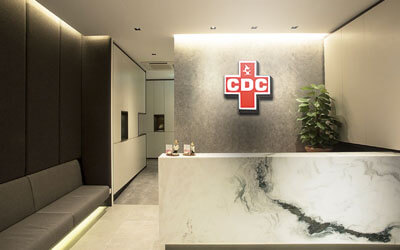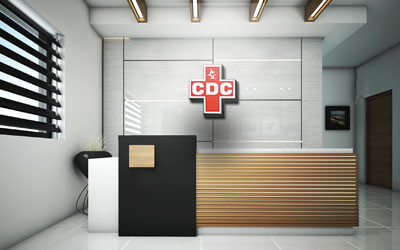Intra-oral periapical (IOPA) radiographs form the backbone of imaging for diagnosis and follow-up of various dento-facial pathologies.
Periapical radiographs are taken to evaluate the periapical area of the tooth and surrounding bone
For periapical radiographs, the film or digital receptor should be placed parallel vertically to the full length of the teeth being image.
The main indications for periapical radiography are:
01
Detect apical inflammation/ infection including cystic changes
02
Assess periodontal problems
03
Trauma-fractures to tooth and/ or surrounding bone
04
Pre/ post apical surgery/extraction. Pre extraction planning for any developmental anomalies and root morphology. Post extraction radiographs for any root fragments any other co-lateral damages
05
Detect any presence or position of unerupted teeth
05
Endodontics. For any endodontic treatment, a pre-treatment radiograph is taken to measure the working length of the canals and this measurement is confirmed with electronic apex locator. A ‘cone fit’ radiograph is used when Master Apical Cone is placed in wet canal to correct working length to achieve frictional fit apically. Next, obturation verification radiograph is indicated after the canal space is fully filled with master cone, sealer and accessory cones. In the end, a final radiograph is taken after a definitive restoration is placed to check the final outcome of root canal treatment.
05
Evaluation of implants.
Intraoral periapical radiographs are widely used for the preoperative due to its simple technique, low cost and less radiation exposure and widely available in clinical settings
Bitewing view
The bitewing view is taken to visualize the crowns of the posterior teeth and the height of the alveolar bone in relation to the cementoenamel junctions, which are the demarcation lines on the teeth which separate tooth crown from tooth root. Routine bitewing radiographs are commonly used to examine for interdental caries and recurrent caries under existing restorations. When there is extensive bone loss, the films may be situated with their longer dimension in the vertical axis so as to better visualize their levels in relation to the teeth. Because bitewing views are taken from a more or less perpendicular angle to the buccal surface of the teeth, they more accurately exhibit the bone levels than do periapical views. Bitewings of the anterior teeth are not routinely taken. The name bitewing refers to a little tab of paper or plastic situated in the center of the X-ray film, which when bitten on, allows the film to hover so that it captures an even amount of maxillary and mandibular information.
Occlusal View
The occlusal view reveals the skeletal or pathologic anatomy of either the floor of the mouth or the palate. The occlusal film, which is about three to four times the size of the film used to take a periapical or bitewing, is inserted into the mouth so as to entirely separate the maxillary and mandibular teeth, and the film is exposed either from under the chin or angled down from the top of the nose. Sometimes, it is placed in the inside of the cheek to confirm the presence of a sialoith in Stenson's duct, which carries saliva from the parotid gland. The occlusal view is not included in the standard full mouth series.




